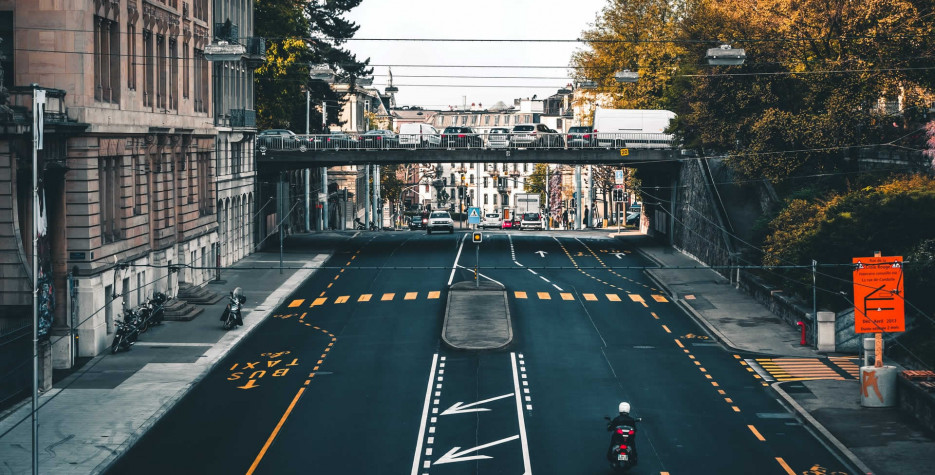About World Car Free Day
Every year on September 22nd, towns and cities around the globe come together to celebrate World Car Free Day, a movement dedicated to transforming urban spaces by temporarily eliminating motor vehicle traffic. The event encourages people to explore alternative, eco-friendly modes of transportation—whether on foot, by bicycle, roller skates, skateboards, or via public transport. It’s a powerful statement that invites communities to reimagine what their streets could look like if freed from the dominance of cars and the pollution, noise, and congestion that often come with them.
The Purpose Behind World Car Free Day
World Car Free Day is more than just a symbolic gesture; it’s an opportunity to rethink how we design and use our urban environments. With millions of vehicles occupying roads, our cities are often clogged with traffic and blanketed by air pollution. This day serves as a powerful reminder of the environmental, social, and health benefits of reducing car dependency.
In many places, cities close key streets to vehicles, allowing people to reclaim public spaces for walking, cycling, and other forms of exercise. Events like group bike rides, street festivals, and public talks about sustainable transport often accompany the day. These activities provide a glimpse into how urban spaces could be more people-centered, healthier, and more enjoyable.
Environmental and Health Benefits
Reducing car traffic, even for a single day, brings noticeable improvements in air quality. The harmful pollutants released by car emissions, such as nitrogen dioxide and particulate matter, contribute to respiratory issues, heart disease, and other health problems. On World Car Free Day, cities can experience a significant drop in these pollutants, offering a healthier environment for residents.
Additionally, the day promotes physical activity. Many people opt to walk or cycle, incorporating exercise into their daily routines. By promoting active transportation, World Car Free Day encourages healthier lifestyles and reduces sedentary habits.
Urban Transformation: A Vision for the Future
At its core, World Car Free Day challenges us to reimagine our streets as public spaces that prioritize people rather than vehicles. Cities designed around cars can be isolating and stressful, but cities built with pedestrians and cyclists in mind offer the potential for stronger community bonds and a more vibrant public life.
Imagine if the streets were routinely filled with families walking to parks, cyclists commuting to work, and children playing safely. Instead of vast areas dedicated to parking lots, we could have green spaces, public plazas, and areas where people gather to socialize. World Car Free Day shows us that this vision is possible, if only for a day, and encourages citizens and policymakers to push for long-term changes that prioritize sustainable urban mobility.
Global Participation and Local Impact
The movement has gained momentum worldwide, with cities from Paris to Bogotá, New York to Jakarta, embracing the opportunity to temporarily transform their streets. Each city brings its own unique flavor to the celebration, with some using the day to test out new public transport options or expanding bike lanes, while others host street festivals and car-free zones for the entire day.
Local governments and organizations often take advantage of the day to engage citizens in discussions about urban planning and sustainability. It becomes a platform to promote cleaner, safer, and more efficient ways of getting around.
How to get involved in World Car Free Day
Even if your city doesn’t officially participate in World Car Free Day, you can still take part on an individual level. Challenge yourself to leave the car at home for the day. Try biking or walking to work, or use public transport. Encourage friends, family, and coworkers to do the same. It’s an opportunity to experience your city from a new perspective and to contribute to a global movement for a cleaner, healthier world.
World Car Free Day is more than just a day off from driving; it’s a reminder of the future we could build. By choosing to reduce our reliance on cars and embrace alternative modes of transport, we can create cities that are healthier, cleaner, and more vibrant. It’s a step toward addressing climate change, improving public health, and building urban spaces that prioritize the well-being of people over vehicles.
So, on September 22nd, consider leaving the car behind and exploring your streets in a new way. Together, we can reimagine what our cities could be: places of connection, sustainability, and joy.
Find out moreSimilar Observances
World Cleanup Day
Read More
World Energy Saving Day ♻️
Read More
Other Observances on September 22nd 2025
AKC Responsible Dog Ownership Day
Read More










